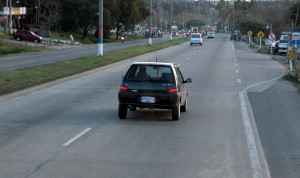Driving Behavior And Suspicion of A Virginia DUI
December 31, 2015 by Jean Humbrecht


NHTSA List of Driving Behaviors Indicating Impairment
- Problems maintaining lane
- Problems related to speed
- Vigilance problems
- Judgment problems
Reasons Drivers Might be Stopped for Suspicion of a Virginia DUI
Lane Control Problems
- Weaving from one side of the lane to the other, weaving within the lane, or weaving over the lines
- Straddling the lane lines
- Swerving, or making an abrupt turn from a generally straight course
- Making a wide turn
- Drifting within a lane, or driving straight but at an angle
- Near collision with another car, building, sign, barrier, or other object
Speed-Related Problems
- Stopping problems, including stopping too far from a curb, stopping at a weird angle, stopping too short, stopping past a traffic line, or making a jerky or sudden stop
- Improper speed changes for no reason
- Driving too slowly, generally more than 10 miles per hour UNDER the posted speed limit
Vigilance Problems
- Driving in wrong lane
- Slow response to traffic lights
- Slow response to a police officer signal
- Stopping in lane
- Driving without headlights
- Improper signaling, including failing to signal when changing lanes, failing to signal when turning, or signaling one direction but turning another
Judgment Problems
- Following too closely
- Unsafe lane changes
- Improper turning
- Driving off the road and driving in turn-only lanes
- Improper stop in response to police officer
- “Unusual behavior,” including throwing something from the vehicle, drinking in the vehicle, urinating at the roadside, arguing with a motorist, or otherwise being disorderly
- “Appearing impaired,” which includes behavior and appearance unrelated to an ability to operate a motor vehicle, such as gripping the steering wheel tightly, driving with the driver’s face close to the windshield, slouching in the seat, and staring straight ahead with eyes fixed
Just one of these driving behaviors is enough to raise suspicion of a Virginia DUI. The more of these behaviors that the officer sees, the more likely the driver is impaired (according to NHTSA), and the more likely he will be charged with a Virginia DUI.





